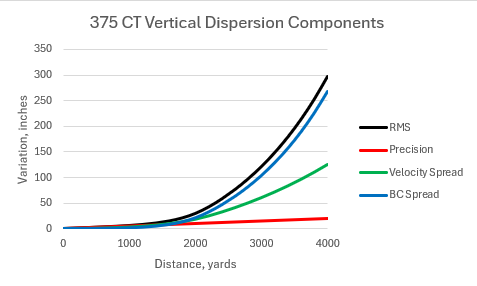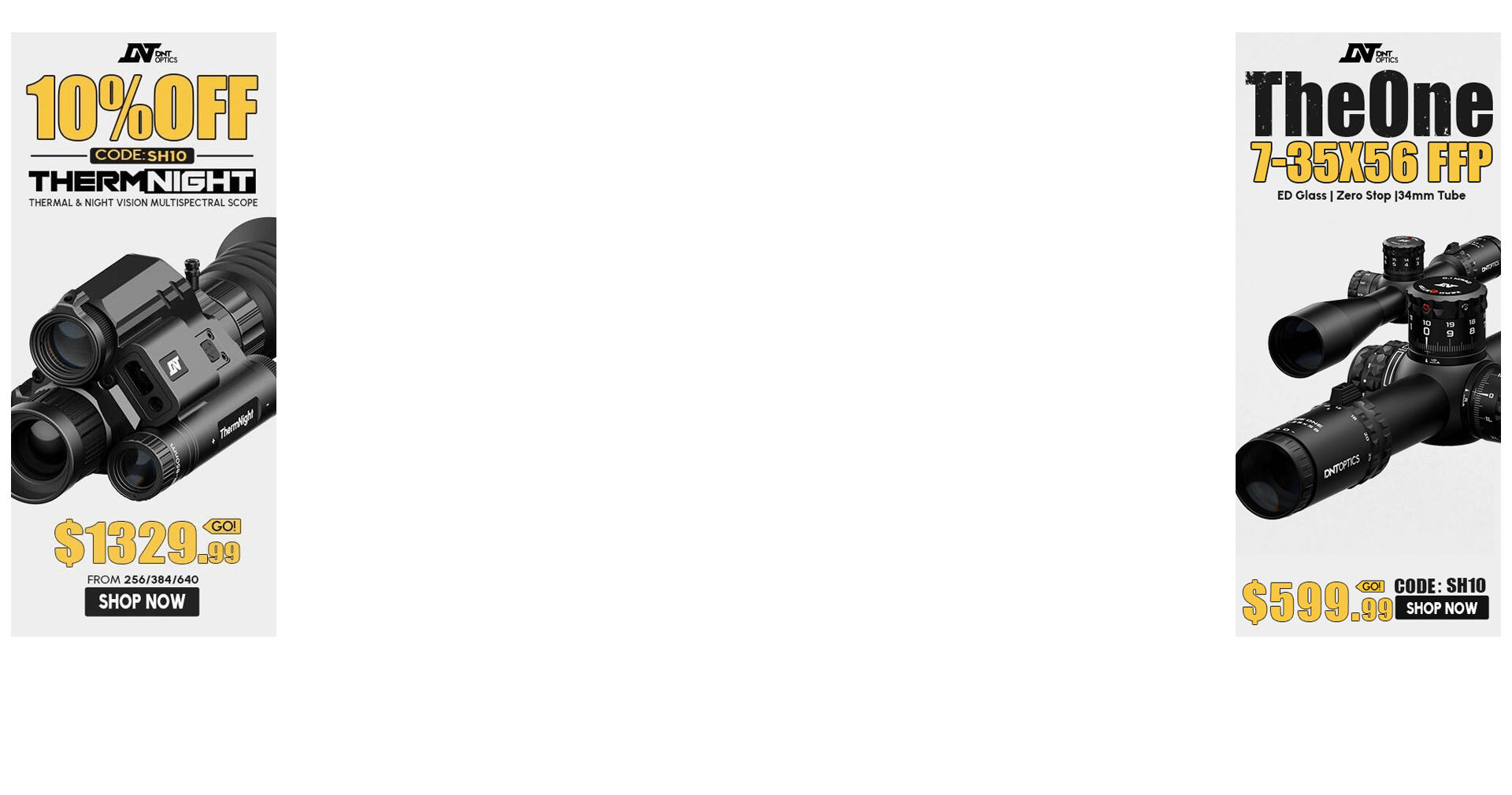Is a bullet still stable/accurate after it goes subsonic?
I know that my precision AR is a tack driver out to 800 yards, but falls off the face of a cliff at 900. Thinking that is because at 800 yards bullet is going transonic. So thinking about various cartridges, what is the max range? I ran through the following calcs:
I want to take my 6.5 CM and try shooting at a mile (the bullet will be at 1050 fps or m=.94) - will this be possible? My 300WM is only a 2 minute rifle so no point in trying to take it that far & I do not have a 338.
I know that my precision AR is a tack driver out to 800 yards, but falls off the face of a cliff at 900. Thinking that is because at 800 yards bullet is going transonic. So thinking about various cartridges, what is the max range? I ran through the following calcs:
| Cartridge | MV | Bullet | Yards | FPS | mach |
| 5.56 | 2850 | 75 BTHP | 800 | 1173 | 1.07 |
| 6.5CM | 2789 | 147 ELD-m | 1500 | 1231 | 1.10 |
| 3088 | 2550 | 178 ELD-M | 1000 | 1227 | 1.12 |
| 300WM | 2850 | 225 ELD-M | 1700 | 1203 | 1.10 |
| 338 Lapua | 2900 | 285 ELD-M | 1900 | 1173 | 1.07 |
Seems like many are shooting those cartridges past the above distances I have. Also, what would the advantage (other than energy) be for a 338 over a 300WM at a mile and wouldn't you be able to take a 300WM as far as a 338 accurately?I want to take my 6.5 CM and try shooting at a mile (the bullet will be at 1050 fps or m=.94) - will this be possible? My 300WM is only a 2 minute rifle so no point in trying to take it that far & I do not have a 338.
Last edited:








